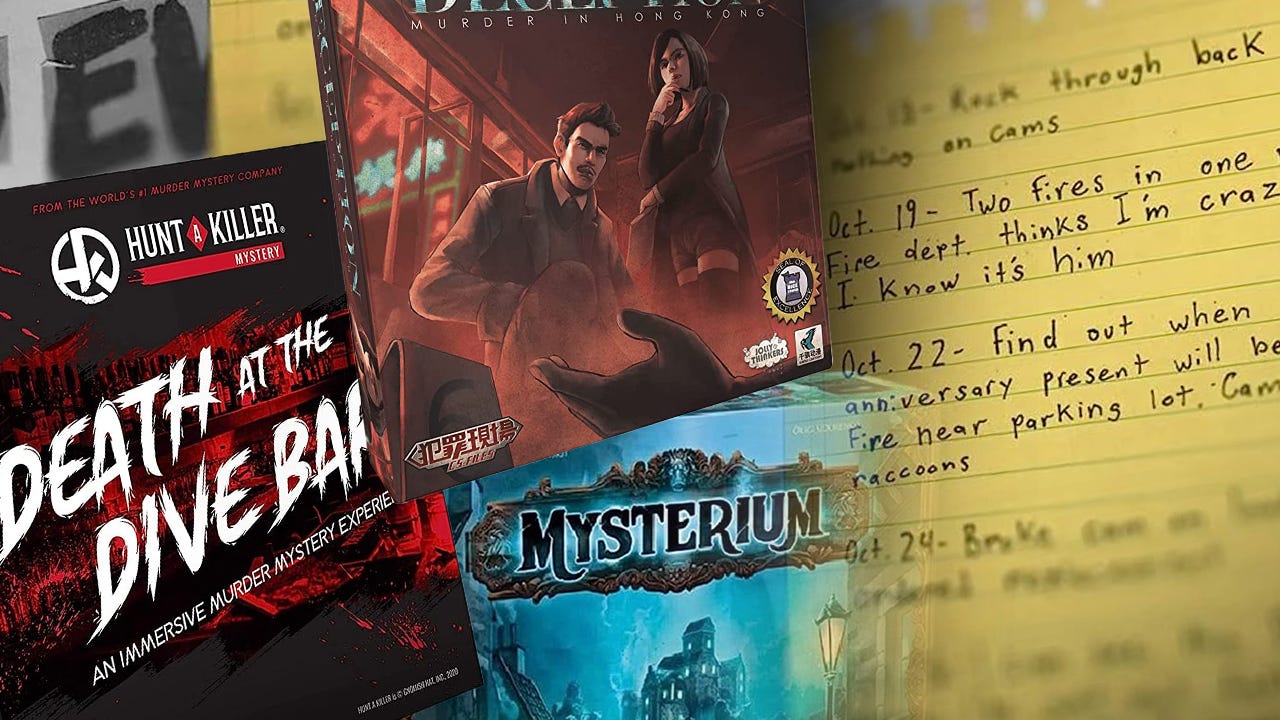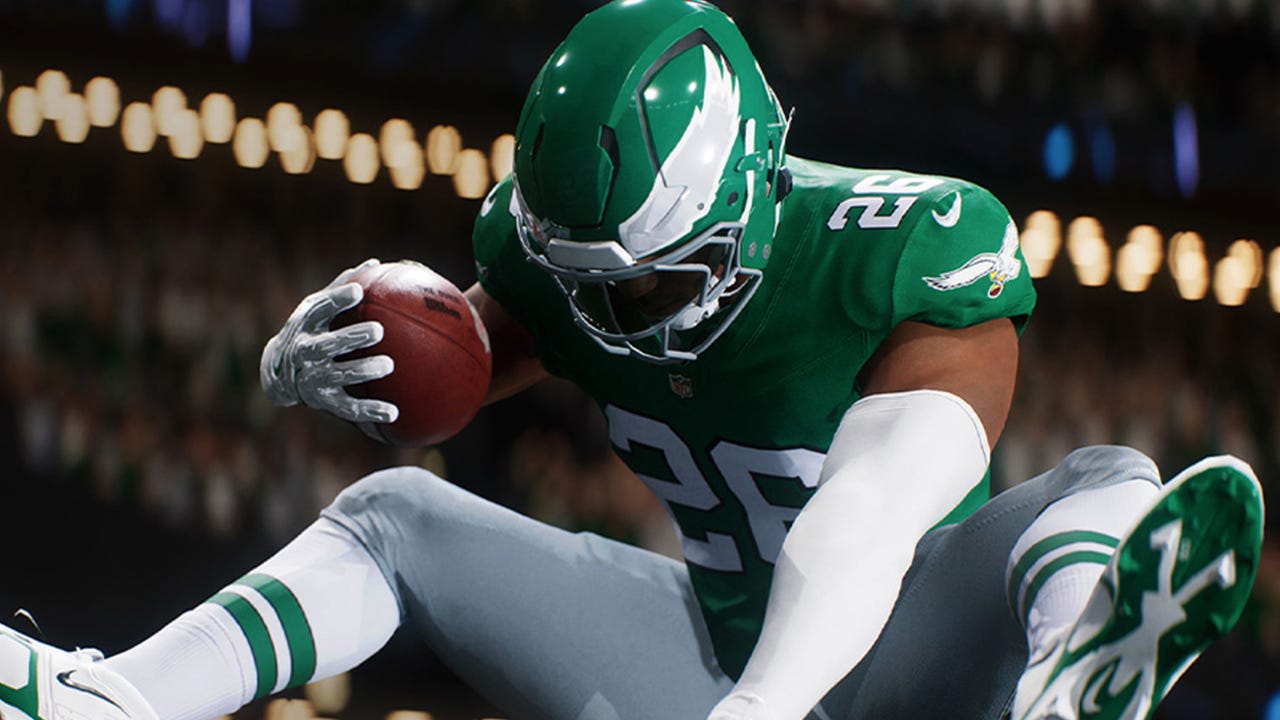Let’s be real, Magic: The Gathering is complicated. I’ve been playing it for decades, but knowing how or where to start is intimidating if you haven’t – until last year, when a product called the Foundations Beginner Box finally provided the excellent starting point paper Magic has needed. Now, with a brand new Beginner Box themed around the game’s upcoming crossover with Avatar: The Last Airbender just a few months away, that inviting front door is being opened up to an even wider audience.
Ahead of the Avatar set’s first look earlier this week, Wizards of the Coast sent me the Avatar Beginner Box to open up and try out for myself. It’s been every bit the flavorful introduction I hoped it would be, full of fun references to the cartoon show and simple but still mechanically interesting cards to ease newcomers in. And with over 100 brand new cards, some of which are unique to this product while others are from the main set, we have a massive amount of spoilers to show off here.
You can flip through the slideshow below or watch the video above to see every card in the Avatar: The Last Airbender Beginner Box:
If you’ve already tried the Foundations Beginner Box, this is pretty much the exact same thing with new cards and an Avatar-themed coat of paint – and if you haven’t, or are simply an Avatar fan who is dipping a toe into Magic for the first time, this is genuinely a great place to get started. It comes with 10 differently themed Jumpstart decks, each of which is essentially half of a 40-card deck so that you and a friend can each grab two, shuffle them together, and play against each other on even footing. It also comes with a simplified rule book (trust me, you don’t need to start off with the comprehensive rules), two fold-out playmats to give you a sense of how the game is laid out, and some dice and tokens to keep track of other things.
There are 120 total nonland cards in the Beginner Box, 50 of which have the TLE set code, which is represented by the set symbol that looks like Aang’s Glider (47 are brand new, while three are existing cards reprinted with new Avatar art). These cards are not part of the main set, instead only legal in places like Commander or other formats where they were already playable. The rest of the cards are from the main Avatar set, which has the set code TLA and a set symbol that looks like Aang’s head. Those are legal in Standard, with only four reprints and a handful of duplicates across the 10 theme options.
The real brilliance of the Beginner Box is how two of those Jumpstart decks are actually designed as a guided tutorial of sorts to show you and another player the ropes. They come stacked in a specific order and aren’t meant to be shuffled ahead of your first game, with each player getting their own guide book full of instructions to follow. These walk you through a mostly scripted game, complete with cute little word bubbles from Avatar characters discussing it on some of the pages.
It’s not like playing that on-rails match is particularly exciting, but by taking a note out of a lot of board game rule books that do something similar, the Beginner Box is able to provide a foundation of understanding that is a truly effective learning tool. Magic has a lot of moving parts that are mostly invisible, relying on the players to track things like the phases of a turn or who has an opportunity to act at any given time – it’s a big reason why my go-to recommendation for learning the game has long been to download the MTG Arena digital client and play through that tutorial online since it handles those things for you. (And, to be fair, that is still quite a good way to learn.) But there’s just something satisfying about learning to play this paper game with paper cards, and that tutorial match sets you up for success in a way Magic has largely lacked offline.
It’s also important that the Beginner Box isn’t just a tutorial as those introductory decks then become a part of the 10 half-deck pool, letting you mix and match themes, like pairing a green deck full of big creatures with a black deck all about going on the offensive. The idea of set packets like this isn’t anything new to Magic (Avatar is even getting its own proper Jumpstart release as well), but when the deck building of constructed formats like Standard or Commander can have a higher barrier of entry and the knowledge required for limited formats like Draft can be intimidating, it continues to be one of the most intuitive and approachable ways to enjoy Magic early on.
Of course, most of the praise I’ve slung so far is true of the original Beginner Box, too. What sets this one apart is obviously its Avatar flavor. As a huge fan of the show, it was a delight to recognize so many loving references across these decks – from different takes on characters like Aang or Sokka, to goofy moments like the one on the card How To Start a Riot from the show’s Boiling Rock episodes. There are more of Avatar’s iconic hybrid animals than I can count, clever callbacks to some of my favorite moments, and friendly (or menacing) faces in every hand you draw.
Notably, I don’t think any of these cards are going to light the competitive world on fire or anything, but they aren’t supposed to. They’re relatively simple takes on these people and places, meant to bridge the gap between Avatar fans and its Magic set. A card like Path to Redemption, which basically imprisons an opposing creature until you pay to essentially turn into an Ally, isn’t the strongest version of this sort of effect we’ve ever seen, but it is an incredibly neat way to tell part of Uncle Iroh’s story. It’s the kind of thing that helps make what Magic is trying to do flavor-wise make sense.
Other cards make more direct references with their tie-ins, particular when it comes to bending. Water, earth, fire, and airbending are all represented in both the main set and the Beginner Box, each offering a different take on what they mechanically look like in Magic. Waterbending, earthbending, and firebending even have Jumpstart decks here specifically named after them that are blue, green, and red, respectively. Those colors make sense, with airbending also intuitively making an appearance in one of the white half-decks, but they don’t seem to be restricted to them either, with some Earthbending showing up in black in this product and some other color blending happening in the main set.
All in all, using one of Magic’s Universes Beyond crossovers as the theme for a new version of the Beginner Box seems like a great idea. Wizards of the Coast has talked a lot about how many new folk these tie-ins bring to the game, with the recent Final Fantasy set blowing away even the loftiest of expectations. So, if you’re an Avatar fan who is curious about what this crossover entails but is intimidated by the three-decade old reputation Magic carries around with it, it’s hard to think of a better place to start than this.
Tom Marks is IGN’s Executive Reviews Editor. He loves card games, puzzles, platformers, puzzle-platformers, and lots more.



Leave a Comment